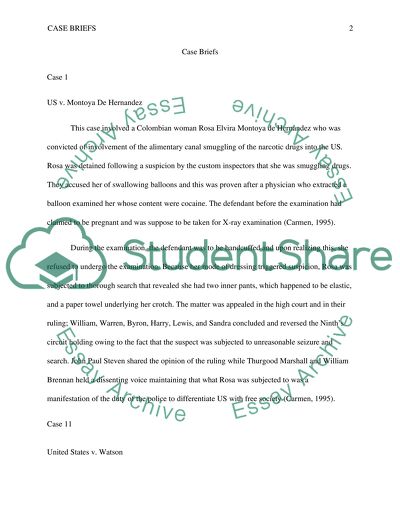Journal and Case briefs, on Ch 5 and 6 of the book Report/Review. Retrieved from https://studentshare.org/law/1461803-journal-and-case-briefs-on-ch
Journal and Case Briefs, on Ch 5 and 6 of the Book Report/Review. https://studentshare.org/law/1461803-journal-and-case-briefs-on-ch.


